The New, 329bhp VW Golf R Can Be The Best Golf Ever
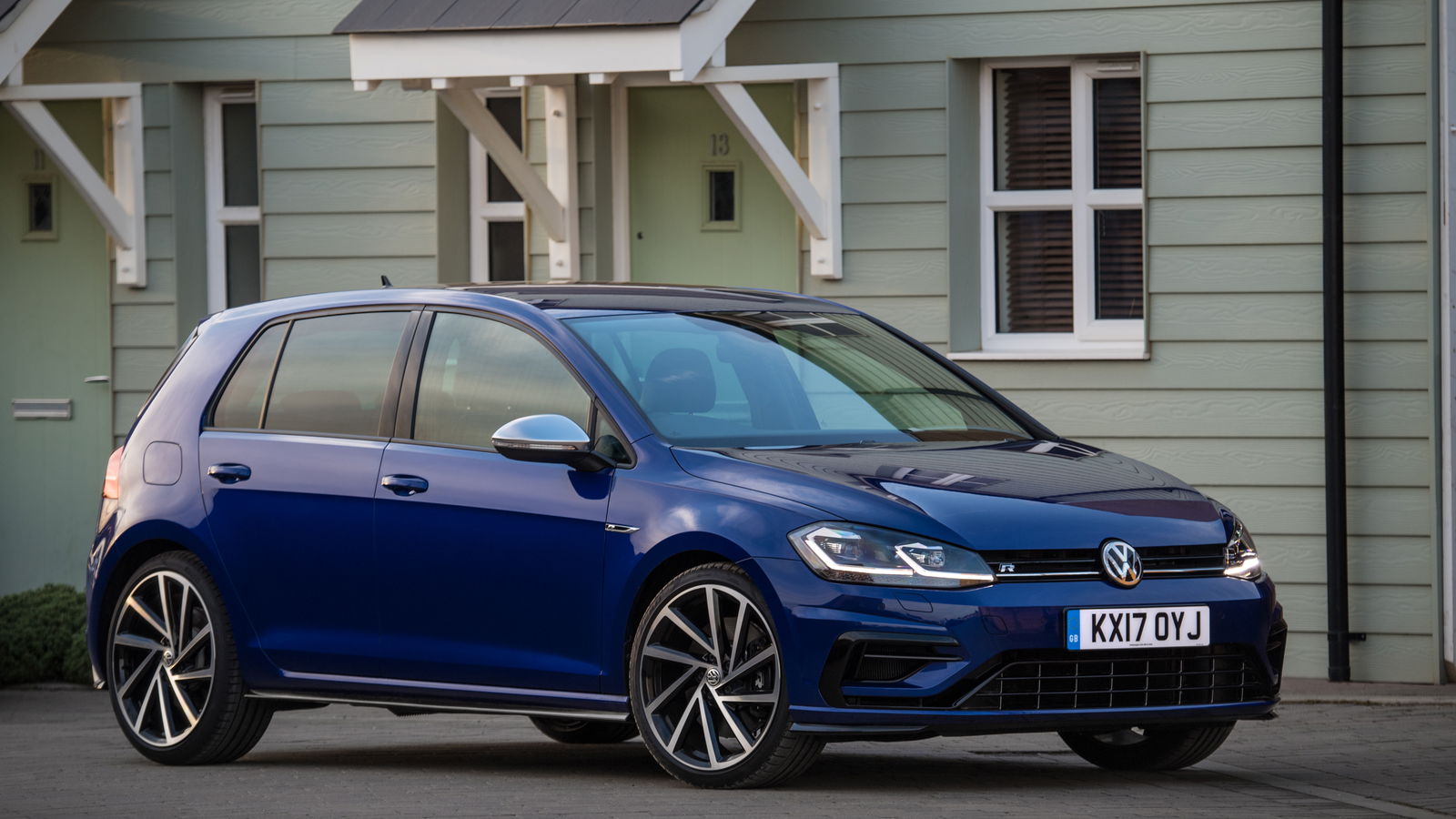
It feels like the Golf R has been around forever, doesn’t it? The 296bhp (formerly 306bhp, formerly 296bhp) hot hatchback of today has been on sale since 2014, about 18 months after the Mk7 Golf arrived in showrooms, but there was a Mk6 version before that, meaning we’ve had the option of a Golf R for about a decade. Another R is coming soon with the Mk8 car.
This venerable statesman of the hot hatch world was a revelation when it emerged – at least in terms of performance and usability. The Mk7 stepped the game up massively, with 300 metric horses and the ability in a traffic light grand prix to obliterate any other hot hatch then on sale, thanks to four-wheel drive traction.
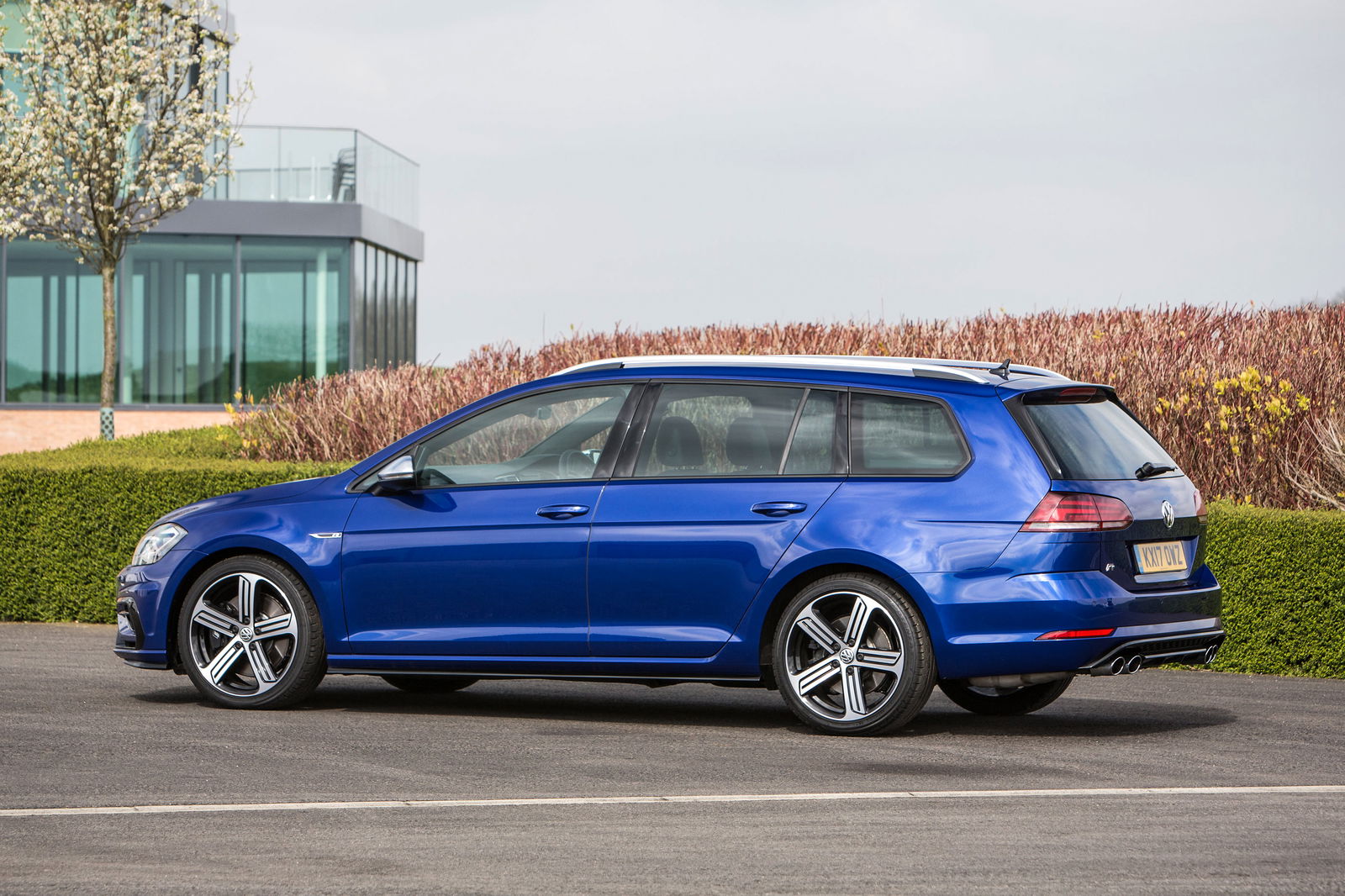
It was that combination of all-weather accessible performance and typical Golf practicality that made it an instant hit. Well, heavily subsidised lease deals helped too; there was a time in the UK when you could put a Golf R on your drive for £200 a month. As a result it ‘sold’ like strawberries at Wimbledon.
Thanks to a fruity bit of work from VW’s sound and dynamics engineers, it even sounded good for a modern four-pot. The thrum and growl it managed to pipe into the cabin were better than expected from the notoriously flat EA888 engine. The fact that you could also get an estate version more or less sealed the deal for buyers all over Europe.
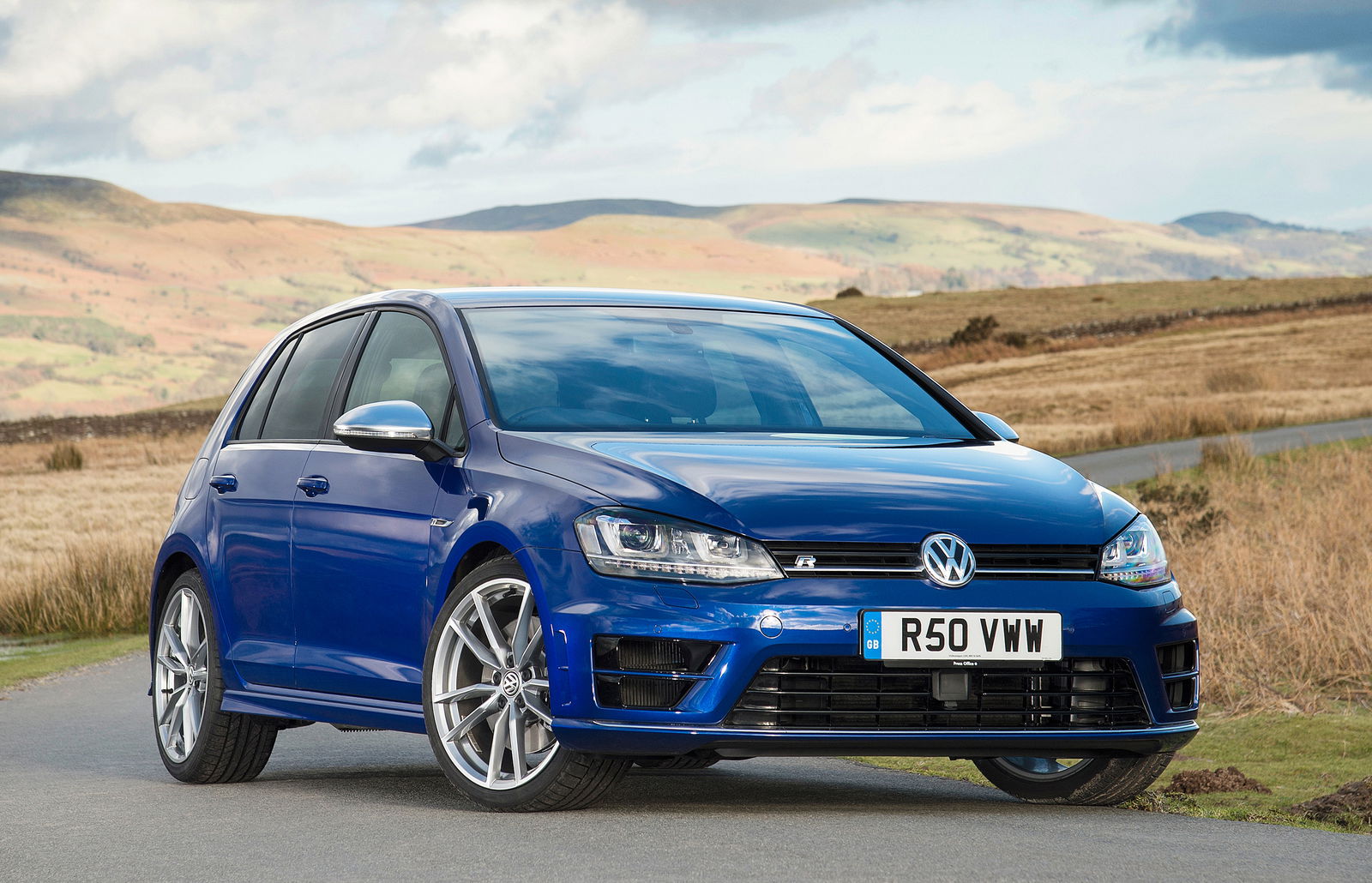
And yet, it wasn’t perfect. The novelty of the traction wore off, and rivals upped their power games to match and even beat the Golf’s. At the same time a direct criticism surfaced, citing the R’s frustrating handling balance. In the spirit of German korrektheit it was almost totally neutral, leaning slightly closer to understeer the harder you pushed.
The thing was, the R was – and is – such an effectively set-up machine that it has to be one of the easiest-to-exploit 300bhp-ish cars ever made. It’s simple to hop into one and feel old-boot comfortable using its pace safely. Get on a track and inside two laps you’ll realise it: it’s too neutral when you’re pushing hard. Its steadfast refusal to push from the rear is the one – but vital – character trait the Mk7 is missing.
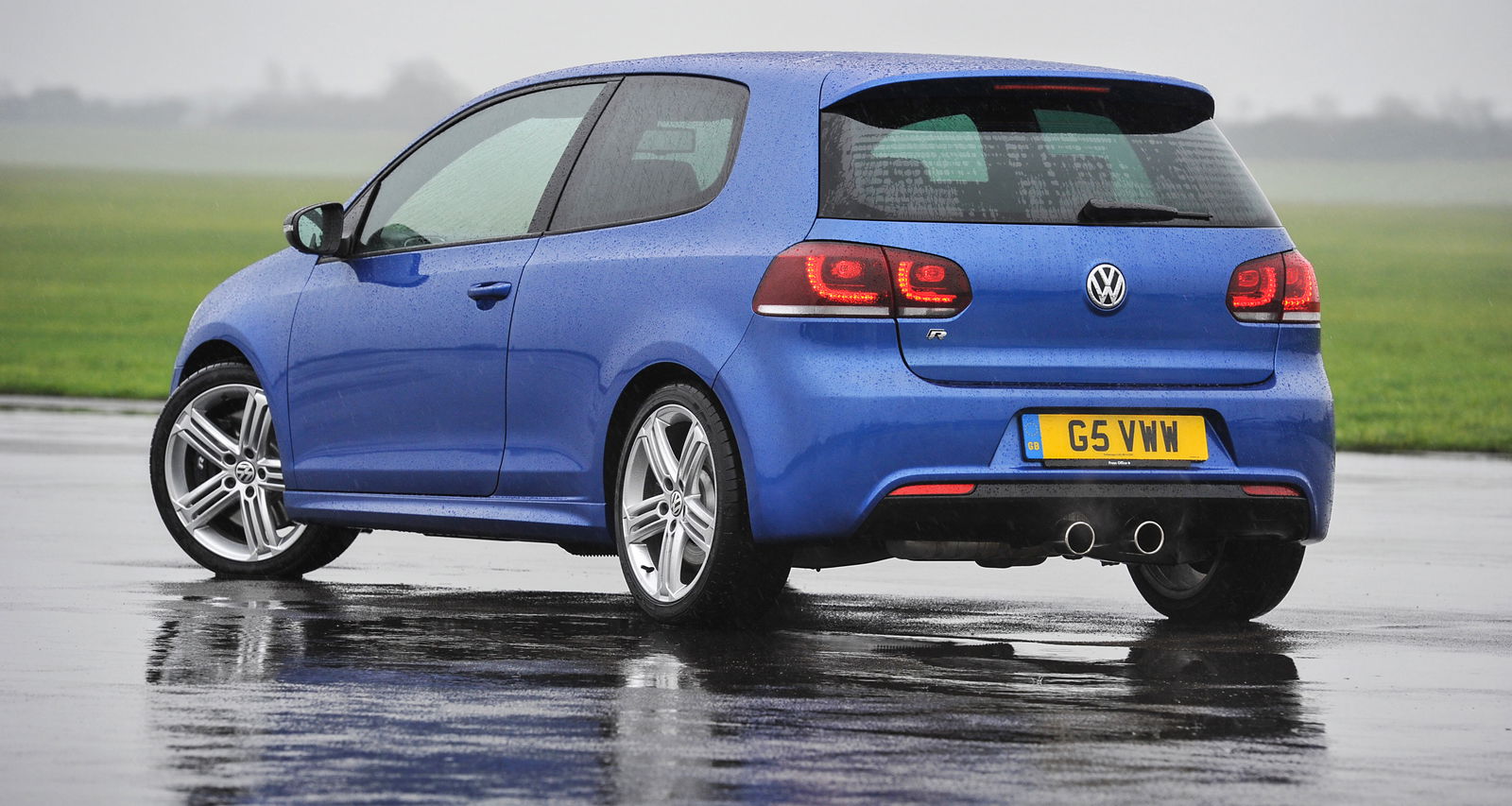
Happily technology has moved on, and the Volkswagen Group has the means to make the Mk8 Golf R a little more fun if it wishes. We know it’ll have myriad driving modes, so why not set the tech up so that in the most dynamic driving mode the Haldex-based 4Motion four-wheel drive system switches to a permanent 35:65 front-rear bias? There’s no reason why not, apart from maybe VW’s pragmatism.
With a reported 329bhp on tap the Mk8 Golf R will be the flagship of the Golf range until any special editions come along. But to really grasp that status it’s going to need to do something the 297bhp TCR – with front-wheel drive, diff-assisted driver engagement – can’t. Simply being faster away from the lights isn’t enough; the driving experience needs to be better too. One simple change to the handling balance could achieve just that. Will Volkswagen be daring enough? The R has always been impeccable in every other respect, so we very much hope so.
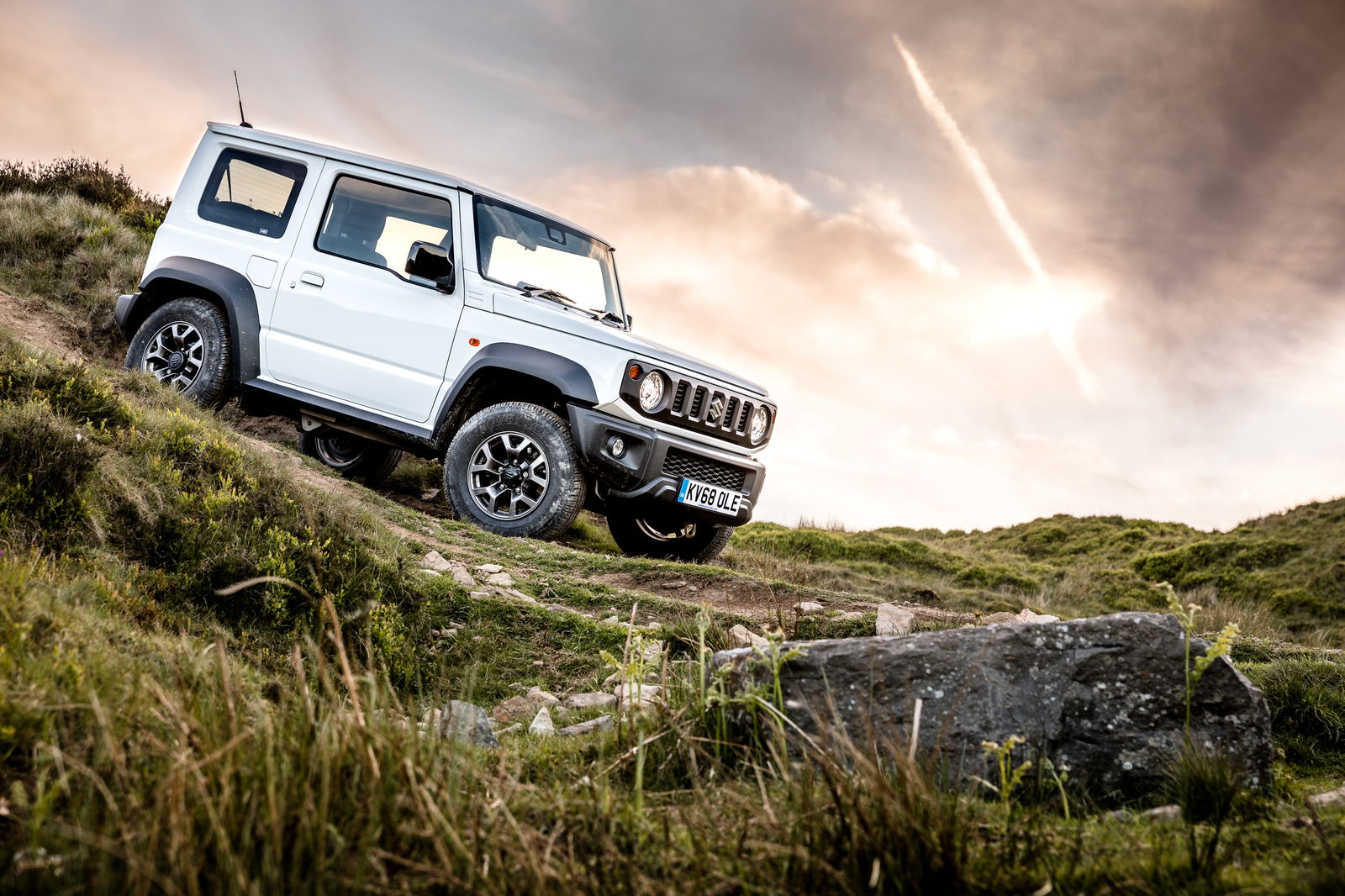
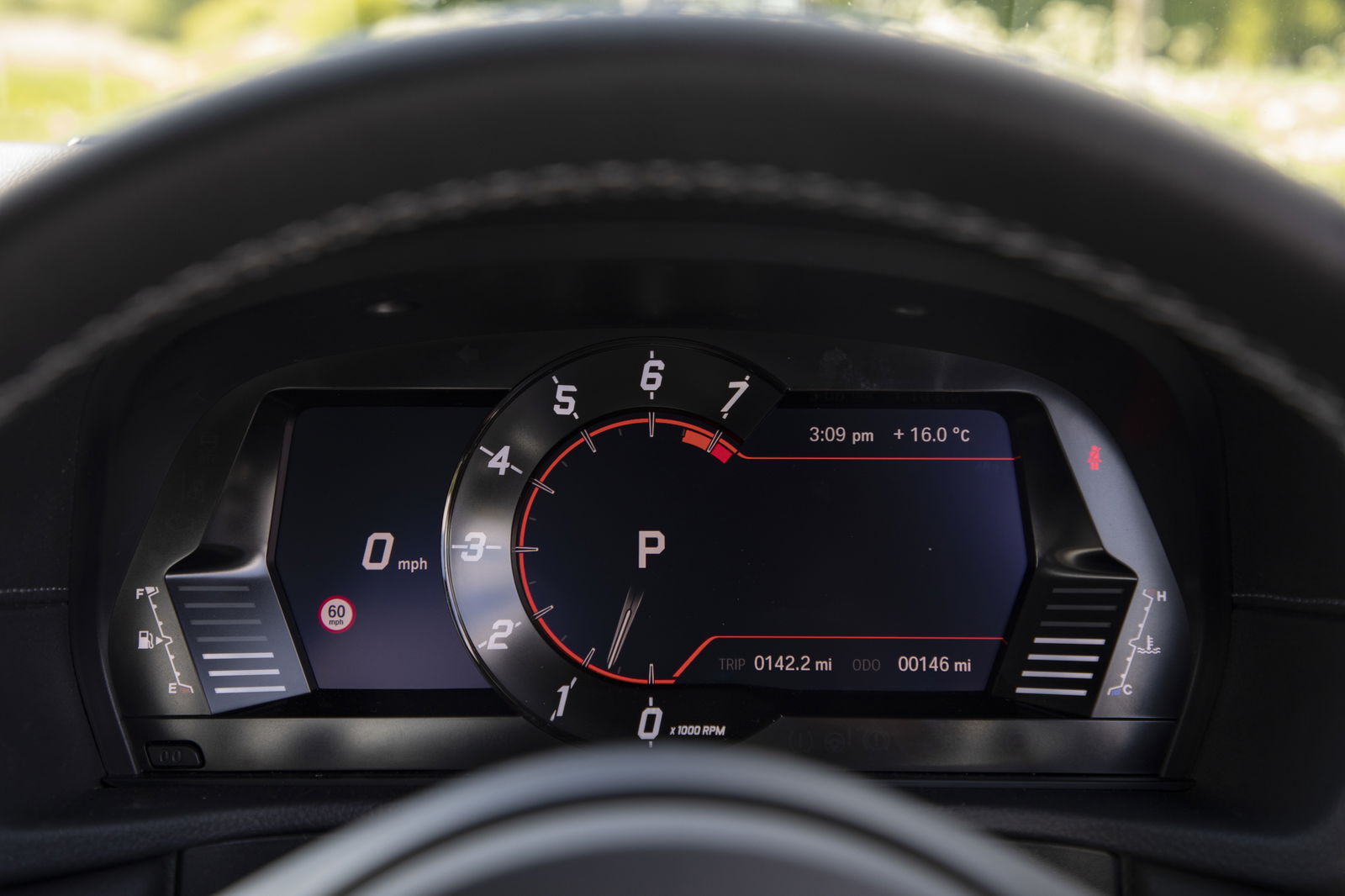
Comments
I’m sorry, but isn’t Haldex always front based? Like 50/50 front rear is the maximum that can go to the rear? Since the engine isn’t positioned longitudinally?
It doesn’t make sense since you claim it can go 65% rear
Im not that into VW‘s. Can someone explain the difference between a GTI and the R to me?
I’m sure the engineers will do their utmost to make it more progressive but (IMO) the Golf R will never be a rear-based drift machine.